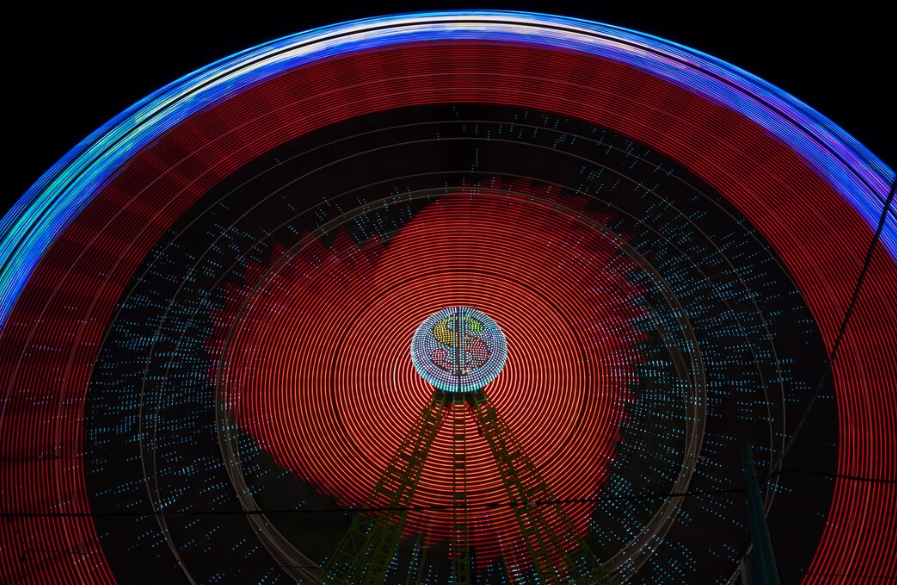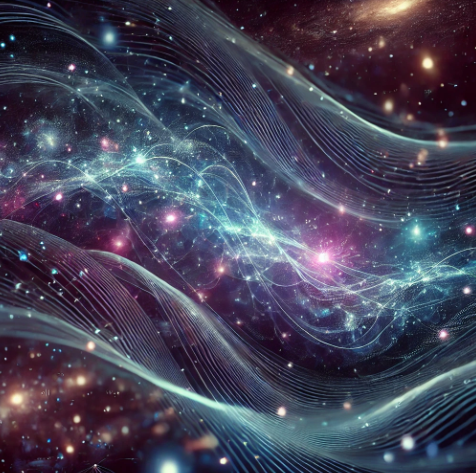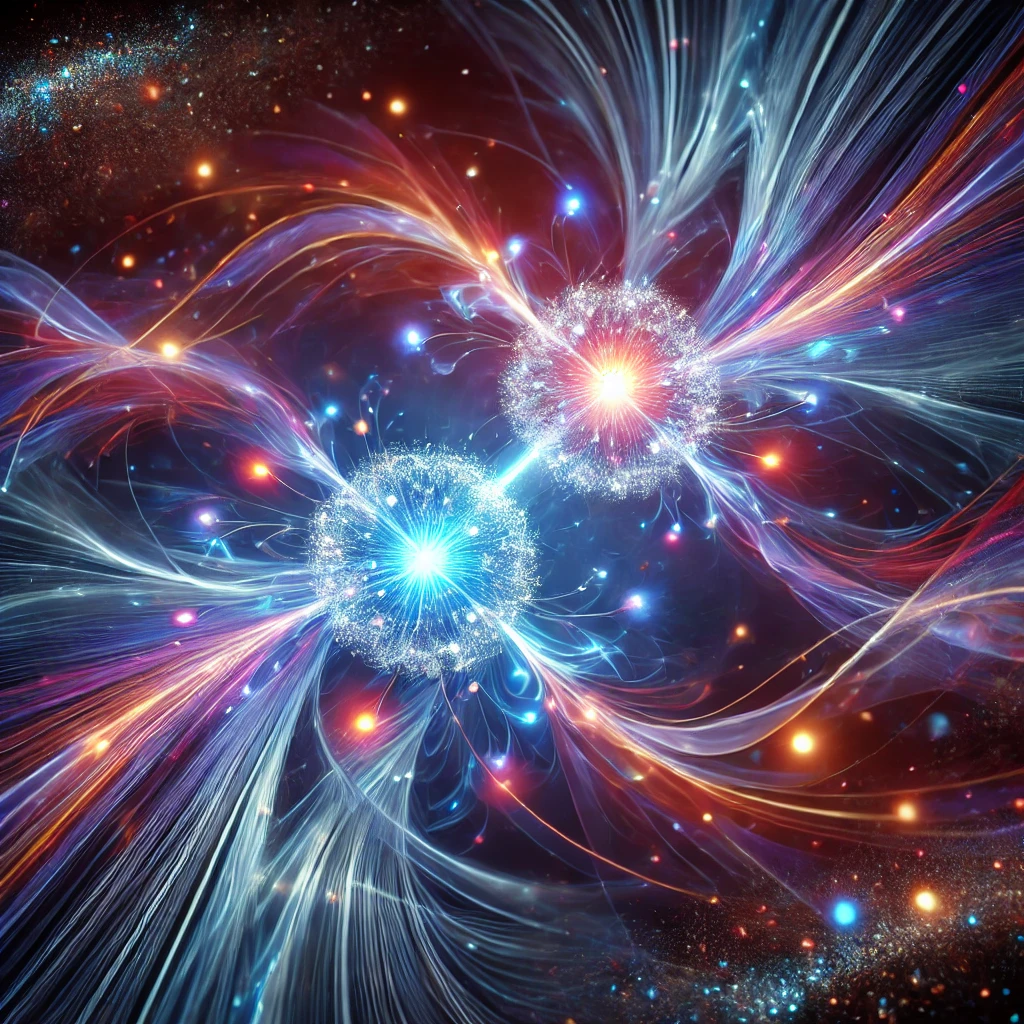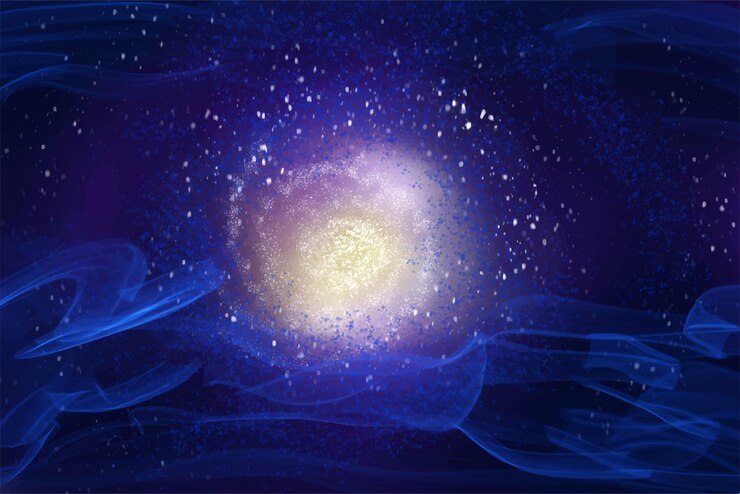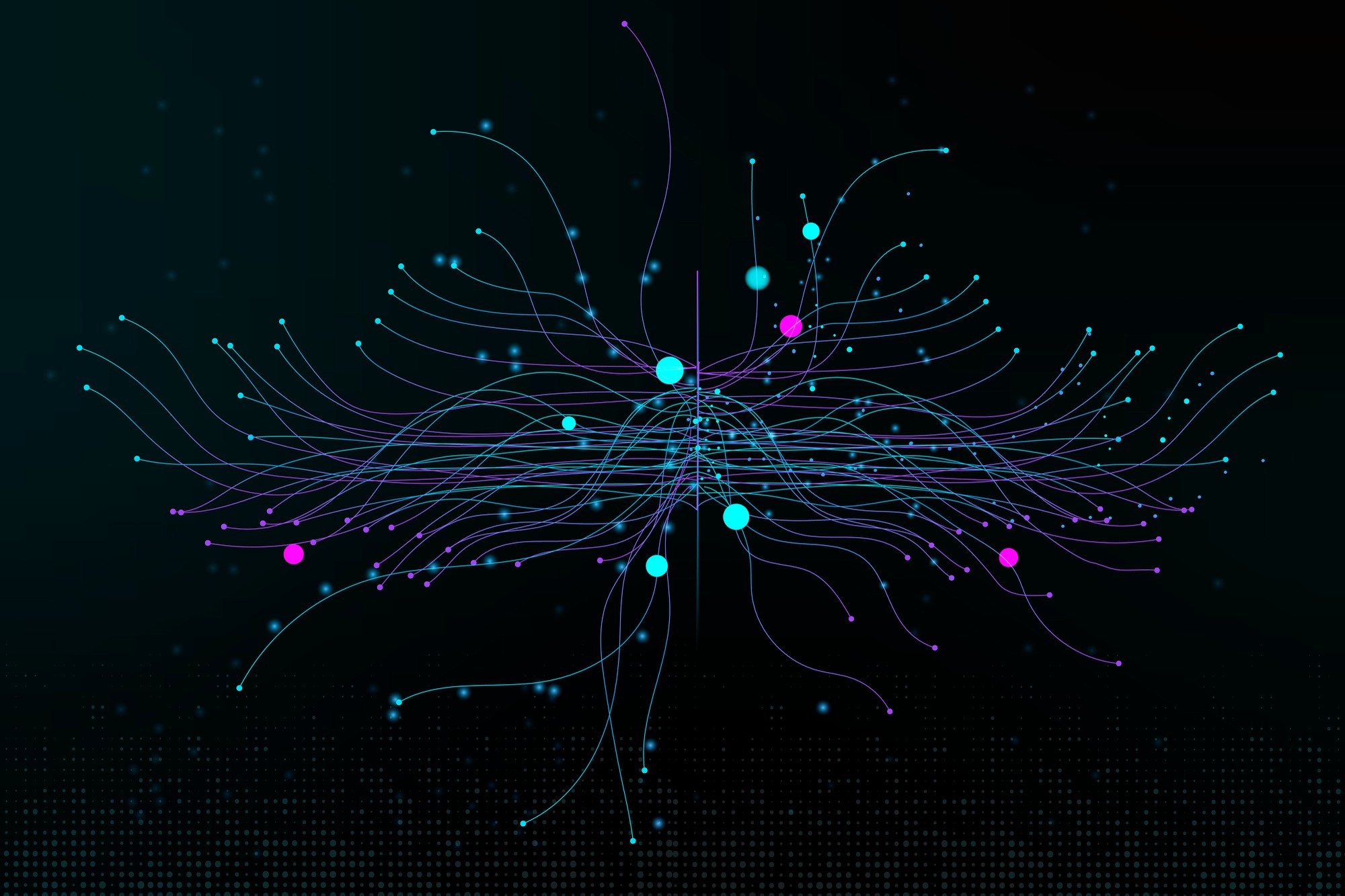Every magnet you’ve ever held—from fridge decorations to compass needles—has two poles: north and south. Slice one in half, and you’ll still get two poles, never one. But what if particles with just one magnetic pole existed? These hypothetical entities, called magnetic monopoles, have tantalized scientists for nearly a century. Though never observed, their discovery could upend physics as we know it.
In this article, we’ll unpack the science, theories, and cosmic implications of magnetic monopoles. From their roots in quantum mechanics to their potential to unlock futuristic tech, let’s explore why these elusive particles matter—and why you should care.
What Are Magnetic Monopoles?
Magnetic monopoles are particles theorized to carry a single magnetic charge: either a north pole or a south pole, but never both. Unlike electricity, where positive and negative charges exist independently, magnetism in nature always comes in paired poles.
If monopoles exist, they’d restore a beautiful symmetry between electricity and magnetism hinted at in James Clerk Maxwell’s equations—the bedrock of classical electromagnetism.
The concept was first proposed by physicist Paul Dirac in 1931. Dirac showed that monopoles could explain why electric charge is quantized (i.e., why charges like protons and electrons have fixed, discrete values). Since then, physicists have hunted for monopoles in particle colliders, cosmic rays, and even ancient rocks—so far, without success.
The Science Behind Magnetic Monopoles
Three key ideas underpin the search for monopoles:
- Maxwell’s Missing Symmetry
Maxwell’s equations describe how electric and magnetic fields interact. But while electric charges (like electrons) exist independently, magnetic “charges” don’t—at least, not yet. Monopoles would balance this asymmetry, making the equations even more elegant. - Dirac’s Quantum Leap
Dirac’s 1931 paper argued that monopoles could explain why electric charge comes in multiples of a fundamental unit. His math suggested that if monopoles exist, electric charge must be quantized—a prediction that aligns perfectly with reality. - Grand Unified Theories (GUTs)
Many theories aiming to unify the four fundamental forces (electromagnetism, gravity, and the strong/weak nuclear forces) predict that monopoles formed in the early universe’s high-energy chaos. If proven, these heavy, relic particles could validate theories about the cosmos’ first moments.
Why Should You Care About Magnetic Monopoles?
You might think, “Cool theory, but how does this affect me?” Here’s the kicker: monopoles aren’t just physics trivia. They could reshape technology and our cosmic worldview.
- Quantum Computing Breakthroughs
Monopoles might enable stable qubits—the building blocks of quantum computers—by offering new ways to control magnetic fields. Imagine computers solving problems in minutes that take today’s machines millennia. - Dark Matter Clues
Some theories suggest monopoles could be part of dark matter, the invisible stuff making up 27% of the universe. Finding them might finally explain why galaxies hold together. - Energy Revolution
Monopoles could lead to ultra-efficient energy storage or novel ways to generate power. Think batteries that last decades or wireless charging without the hassle.
Theories and Cosmic Implications
Several frameworks attempt to explain monopoles:
- Dirac’s Legacy
Dirac’s monopole requires magnetic charge to exist in discrete units, much like electric charge. His work remains foundational, even decades later. - GUTs and the Early Universe
Grand Unified Theories suggest monopoles arose when the universe was a trillionth of a second old. If true, they’d be as rare as one particle per cubic light-year—making detection a needle-in-a-haystack challenge. - String Theory’s Twist
Some string theory models describe monopoles as vibrating “strings” or higher-dimensional objects. While speculative, this could unify monopoles with gravity and other forces.
Challenges in the Hunt
Why haven’t we found monopoles yet?
- They’re Extremely Rare (or Heavy)
GUTs predict monopoles would weigh as much as a bacterium—a colossal mass for a subatomic particle. This makes them unlikely to form in today’s particle colliders. - Detection Headaches
Monopoles might interact weakly with matter, slipping through detectors unnoticed. Experiments like MoEDAL at CERN use ultra-sensitive materials to trap them, but no luck so far. - Theoretical Hurdles
Some physicists argue monopoles are mathematical curiosities, not real entities. Until evidence emerges, the debate rages on.
The Future of Monopole Research
Scientists aren’t giving up. Here’s where the search is heating up:
- Cosmic Ray Scouts
Telescopes like the IceCube Neutrino Observatory scan Antarctic ice for monopoles arriving from space. Their exotic signatures could reveal them. - Quantum Simulators
Labs use materials called spin ices to mimic monopole behavior. While not “real” monopoles, they help test theories. - Next-Gen Colliders
Future accelerators, like the proposed FCC at CERN, might reach energies high enough to birth monopoles.
FAQ: Your Questions, Answered
Q: Could monopoles power my phone?
A: Not directly. But their discovery might inspire tech we can’t yet imagine—like room-temperature superconductors or quantum batteries.
Q: Why trust theories about something unseen?
A: Science often predicts entities before detecting them (e.g., the Higgs boson). Monopoles solve puzzles in quantum theory, so the hunt is worth it.
Q: Are there alternatives to monopoles?
A: Yes. Some models suggest “quasi-particles” in materials act like monopoles, but these aren’t fundamental particles.
Final Thoughts: A Universe of Possibilities
Magnetic monopoles force us to rethink reality’s rules. They’re a reminder that even the simplest questions—“Why do magnets have two poles?”—can lead to profound mysteries.
Whether they’re lurking in deep space, hiding in particle collisions, or purely theoretical, monopoles challenge us to keep exploring. After all, as Dirac once said, “A good deal of my research is played on a piano.” Sometimes, the universe’s secrets are found in unexpected harmony.
What do you think?
Could monopoles rewrite physics, or are they a dead end? Share your thoughts below—and if you’re craving more cosmic mysteries, dive into our piece on The Holographic Universe: Is Reality Just a Projection?.
Subscribe below for more deep dives into science’s unsolved puzzles!
Disclaimer: This article discusses theoretical ideas and ongoing research. Magnetic monopoles remain unobserved, and their existence is not confirmed by experimental evidence.
